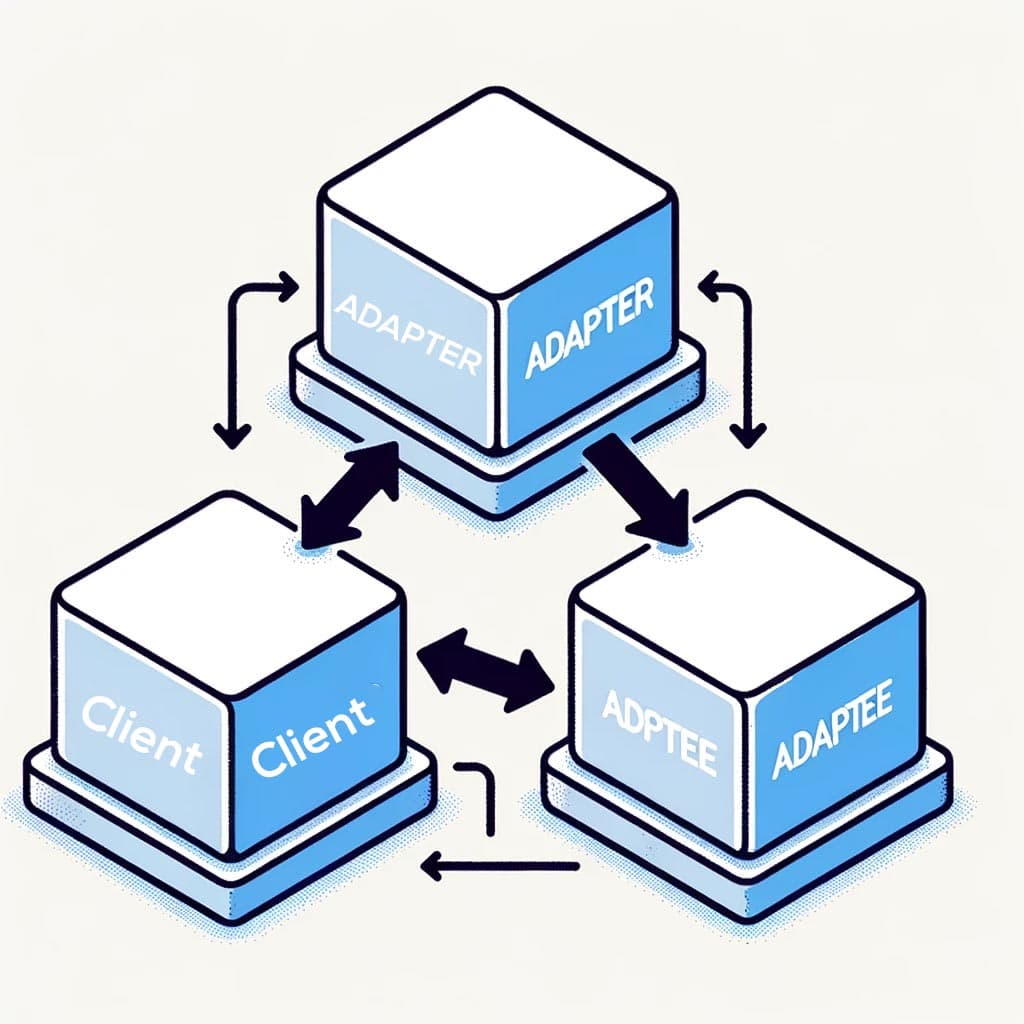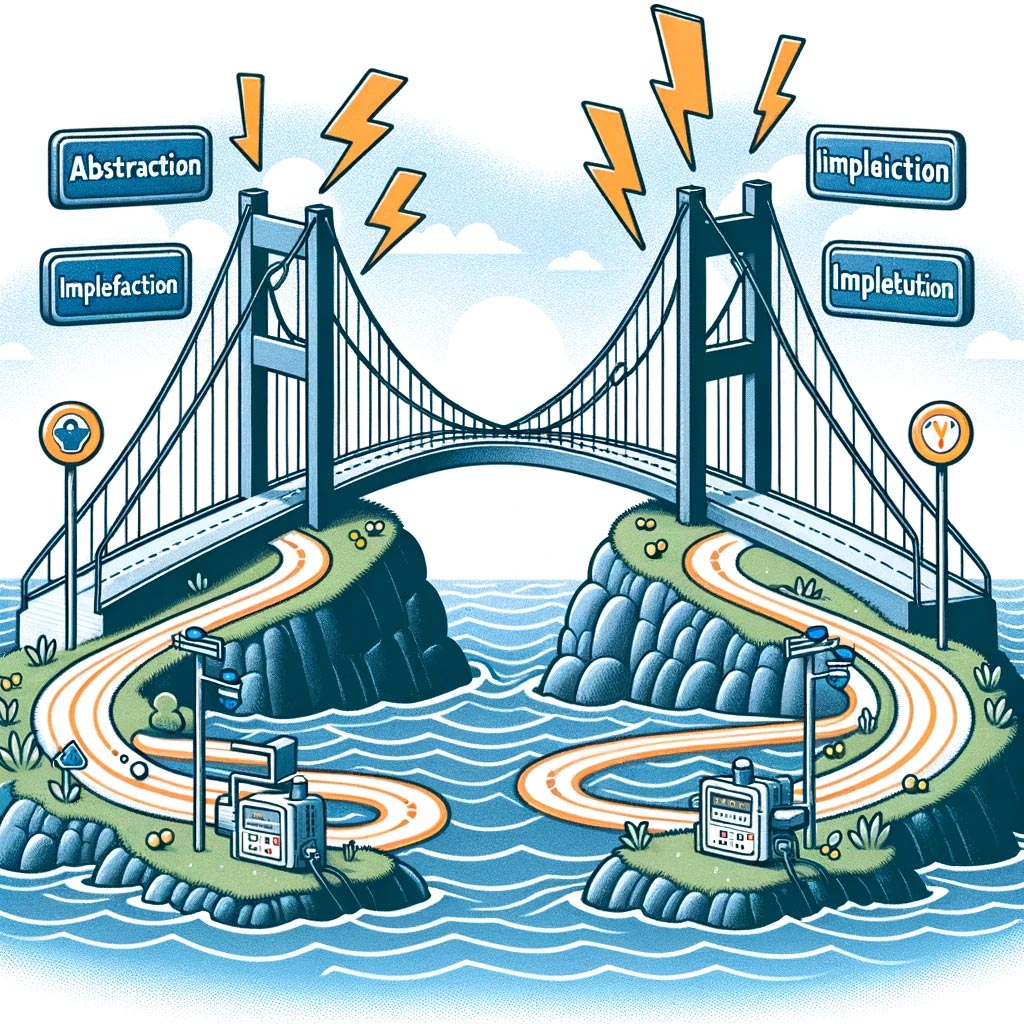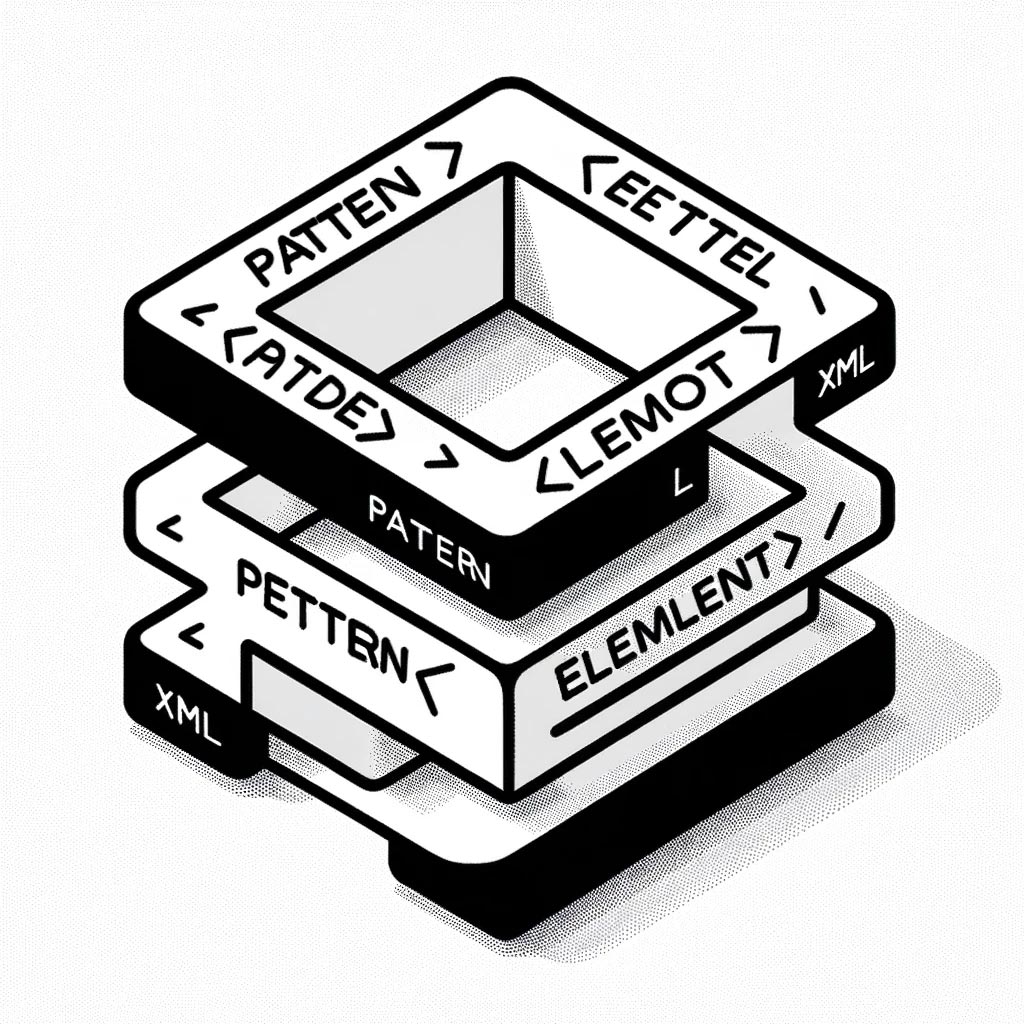Software Architecture
Software architecture is the high-level structure of a software system that outlines its overall design and defines the relationships and interactions between components.
It is a blueprint that provides stakeholders, such as developers, project managers, and end users, with a common understanding of the system.
A software architecture is not just a diagram or a set of diagrams, but rather a set of concepts and practices that guide the design, development, and maintenance of a software system.
Software architecture provides a systematic approach to organizing and representing the functional and non-functional requirements of a system, as well as the decisions and tradeoffs made during design.
What characterizes a well-designed software architecture?
A well-designed software architecture should meet several important requirements, including:
Functionality
The architecture should provide the necessary functionalities such as data processing, communication and user interface to meet the requirements of the system.
Quality features
The software architecture should ensure that the system meets the desired quality characteristics such as performance, security, reliability and scalability as defined by the stakeholders.
Modifiability
The architecture should be flexible enough to allow changes and improvements to be made to the system over time without significantly changing the underlying design.
Reusability
Software architectures are designed to enable the reuse of components in different parts of the system so that the system can be more easily maintained and expanded over time.
Transferability
Software architectures should be designed so that the system can be easily transferred from one environment to another, e.g., from a development environment to a production environment.
Why is it important to create pragmatic software architecture documentation?
Organizing pragmatic software architecture documentation is important for several reasons:
Smooth communication and best possible collaboration:
Well-organized software architecture documentation serves as a common language for all stakeholders, including developers, project managers, and end users.
It provides a clear and concise description of the system design that makes it easier for all stakeholders to understand how the system works and how it should be created, tested, and maintained.
Traceability and verifiability:
Documentation of the software architecture helps establish traceability between the high-level design and the low-level implementation. This makes it easier to verify that the design meets requirements, and changes to the system can be tracked over time.
Maintainability:
Well-organized architecture documentation facilitates system maintenance over time. It provides a clear understanding of the system components, their relationships, and their responsibilities, making it easier to identify areas for change or improvement.
Resource Efficiency & Cost Savings:
Organizing pragmatic software architecture documentation can help reduce the costs associated with software development and maintenance.
By providing a clear understanding of the system, it can help reduce errors and rework, resulting in a more efficient and cost-effective development process.
Plan future software development effectively:
Software architecture documentation serves as a basis for the future development of a software system.
As the system grows and evolves over time, the architecture documentation can be updated to reflect these changes and ensure that the system continues to meet the needs of stakeholders.
Conclusion
In summary, software architecture is a crucial aspect of software development that provides a blueprint for the design and implementation of a software system. It is ensured that requirements correspond to the ideas and wishes of the parties involved. The software design is also easily maintainable over time and the evolution of software is smooth.
Establishing pragmatic software architecture documentation is essential for successful software development.
It helps improve communication and collaboration, establish traceability and auditability, facilitate maintainability, reduce costs, and support future developments.










